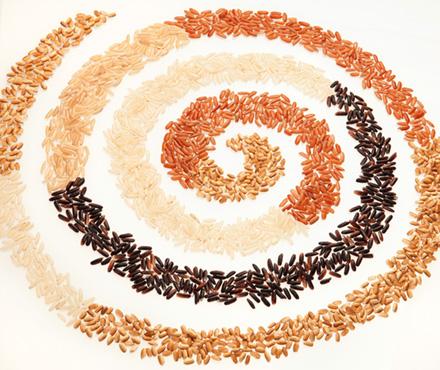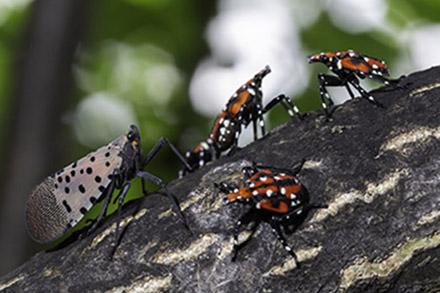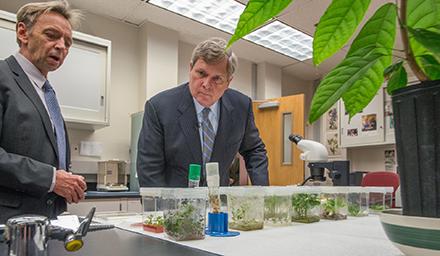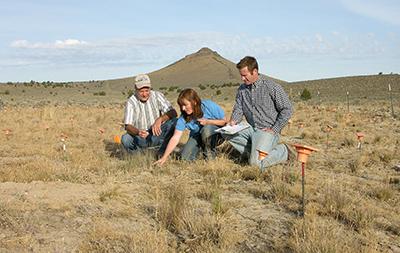ARS Scientists Improve Nutrients and Add Value to Rice Crop

Rice, already the primary staple for half the world’s population, is getting a makeover from a research team at the Agricultural Research Service’s Southern Regional Research Center (SRRC) in New Orleans, LA. The results are a more healthful grain and many potential new products.
One development is a rice variety reduces the amount of digestible starch. Rice is mostly starch, of which only 1-2% resists digestion. The newer rice varieties have at least 8-10% resistant starch. Resistant starch is not digested in the small intestine; rather, it passes through to the large intestine, where it ferments and produces beneficial metabolites that help prevent diabetes, fat loss, and reduced risk of colorectal cancer.
In addition, red and purple whole grain rice offer more colorful and healthy options to put on their plates – and provide some of the same antioxidants as fruits, like grapes and blueberries. Antioxidants help neutralize free radicals, which are thought to play a role in a variety of diseases, including cancer, diabetes, and some eye diseases.
Healthy and tasty new products include a rice-based horchata, a sweet drink made with sprouted rice, and a rice version of iced tea made by cold-brewing purple rice bran.
Read "New Research Re-envisions Worldwide Staple" for more information.







